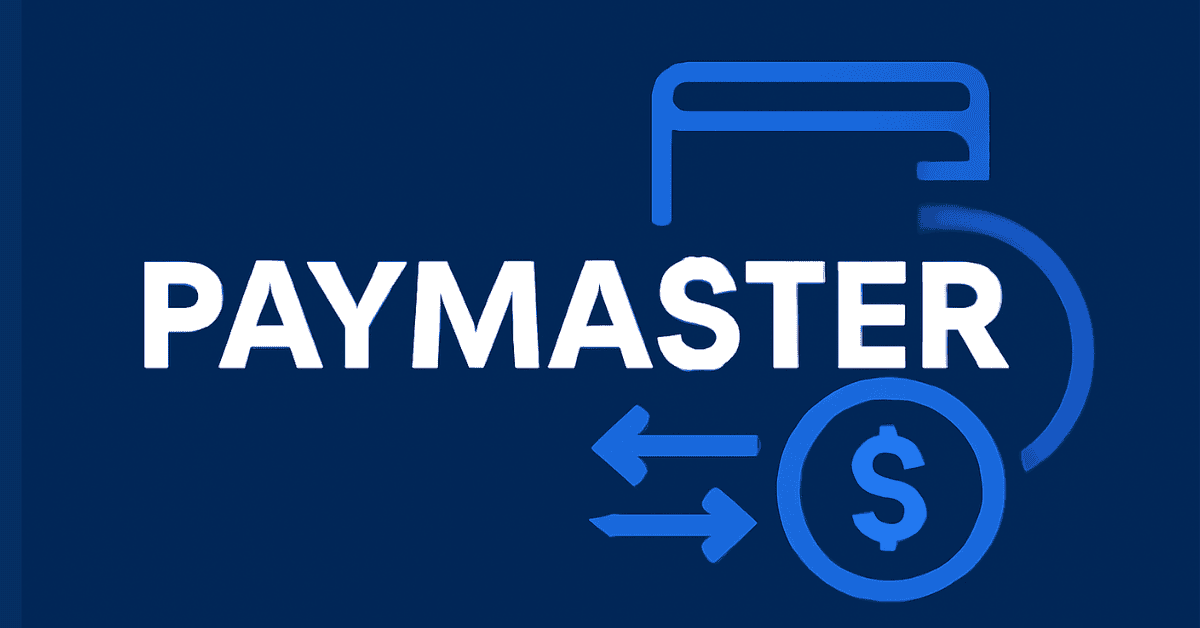
Paymaster: No Need for Native Token to Trade
1. What is Paymaster?
Paymaster is a service within the Account Abstraction model that allows users to pay gas fees on blockchains using various tokens instead of the native token (the primary token of the network).
For example, when transacting on Ethereum, users need to use ETH to pay gas fees. However, with Paymaster, users can use stablecoins like USDC or USDT to pay the fee without needing to hold ETH.
This provides more flexibility and convenience for users when transacting on decentralized applications (dApps) integrated with Paymaster.
2. What Problem Does Paymaster Solve in the Crypto Market?
One of the major obstacles to entering the crypto space is gas fees. When transacting or using a dApp, users are required to pay network fees, and generally, they need to hold the network's native token. For example, with Avalanche, users need AVAX, and with BNB Chain, users need BNB.
This creates inconvenience for users, especially when they want to trade between different tokens but don't want to hold various types of coins. Paymaster solves this issue by allowing users to pay gas fees with any type of token, eliminating the need to hold the native token of each blockchain.
3. How Does Paymaster Work?
Paymaster operates through smart contracts integrated into dApps. When users transact on a platform supporting Paymaster, they can customize which token they want to use to pay gas fees, rather than using the blockchain’s native token.
For example, when using Nostra Finance on Starknet, users can choose tokens like USDC to pay gas fees instead of ETH. This simplifies the transaction process and makes it more convenient.
4. Advantages of Paymaster
-
Improved User Experience: Paymaster enables users not to worry about holding native tokens when performing transactions on dApps, increasing user participation.
-
New Business Model: dApp developers can use Sponsored Paymaster to encourage users to participate without worrying about gas costs.
-
Reduced Price Volatility Risks: With ERC-20 Paymaster, users can pay gas fees using stablecoins, which minimizes the price volatility of the native token.
-
Popularity in DeFi and NFT: Paymaster has become a useful tool in DeFi and NFT applications, making it easier for users to access these services.
5. Disadvantages of Paymaster
Although Paymaster offers many benefits, there are some disadvantages to consider:
-
Complex Implementation: dApps need to build and maintain Paymaster smart contracts. If not carefully prepared, this could lead to security vulnerabilities.
-
Long-Term Costs: dApp developers must maintain a fund to pay gas fees for users, which can become a financial burden in the long run.
6. Similar Mechanisms to Paymaster
Before Paymaster became popular in 2023, there were other solutions to help users transact without paying gas fees. However, these mechanisms lacked flexibility and were more difficult to implement.
Some similar mechanisms include:
-
Using Rollapp: This solution helps dApps provide gas-free transactions for users. However, Rollapp still bears costs when using Layer 1 resources.
-
Using Relayer: Relayer is an intermediary that helps users transact without having to pay gas fees themselves. Blockchains like Gnosis Chain and Viction are using this mechanism.
Paymaster is currently a popular choice due to its flexibility and ease of implementation, especially in dApps utilizing the Account Abstraction model.